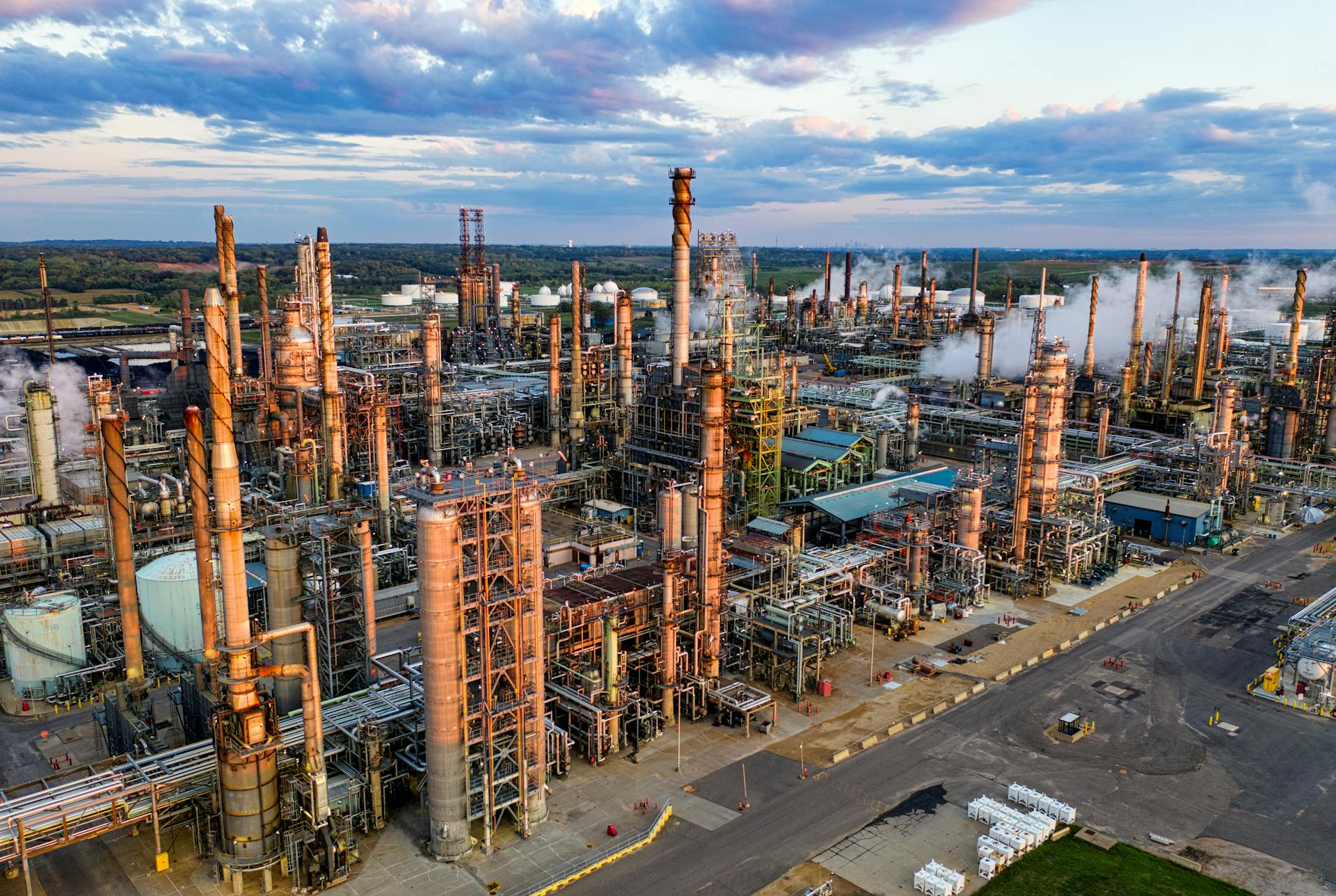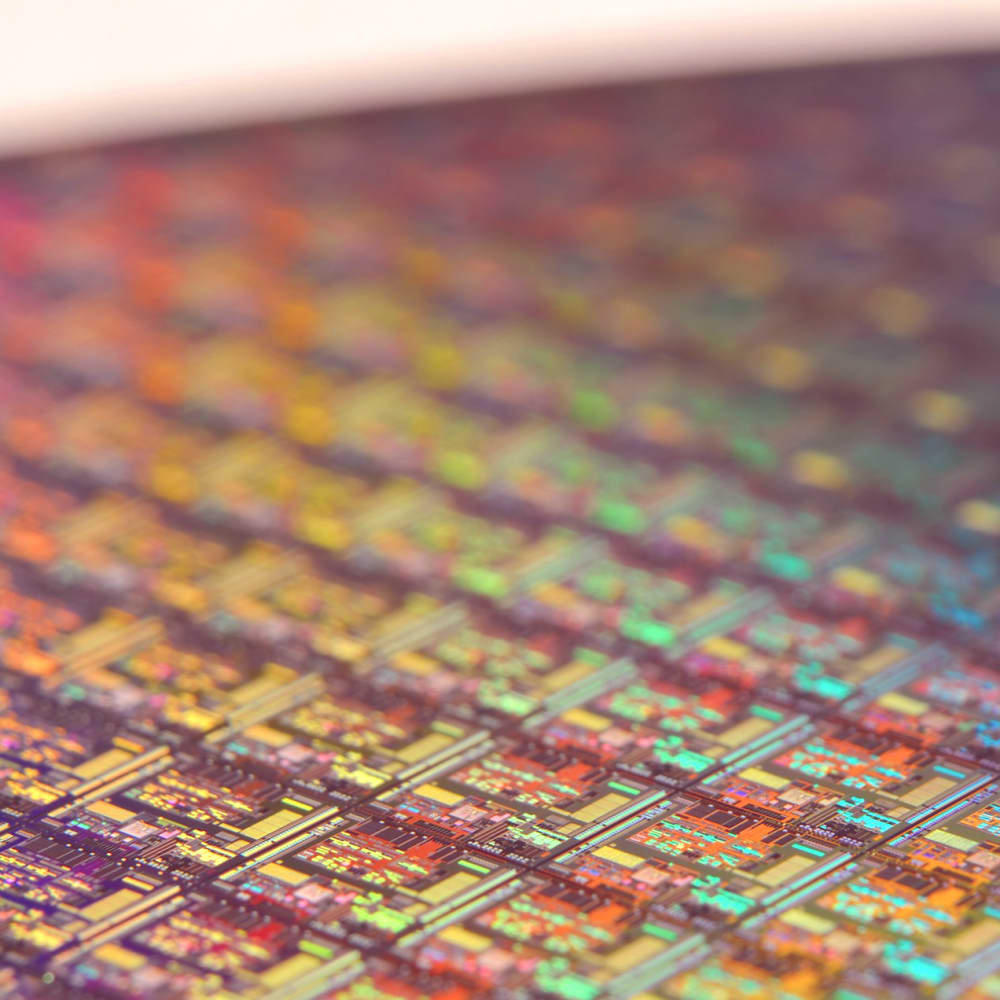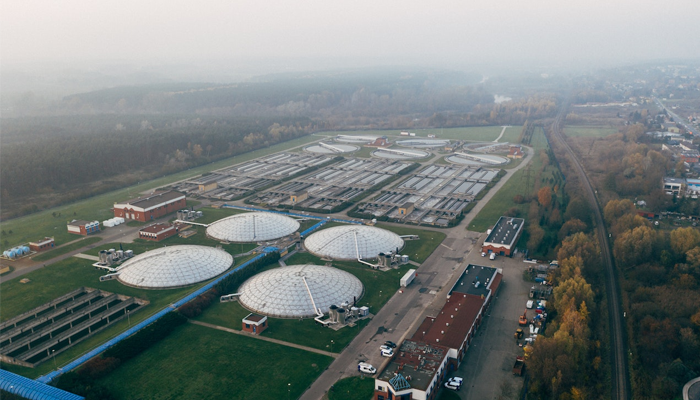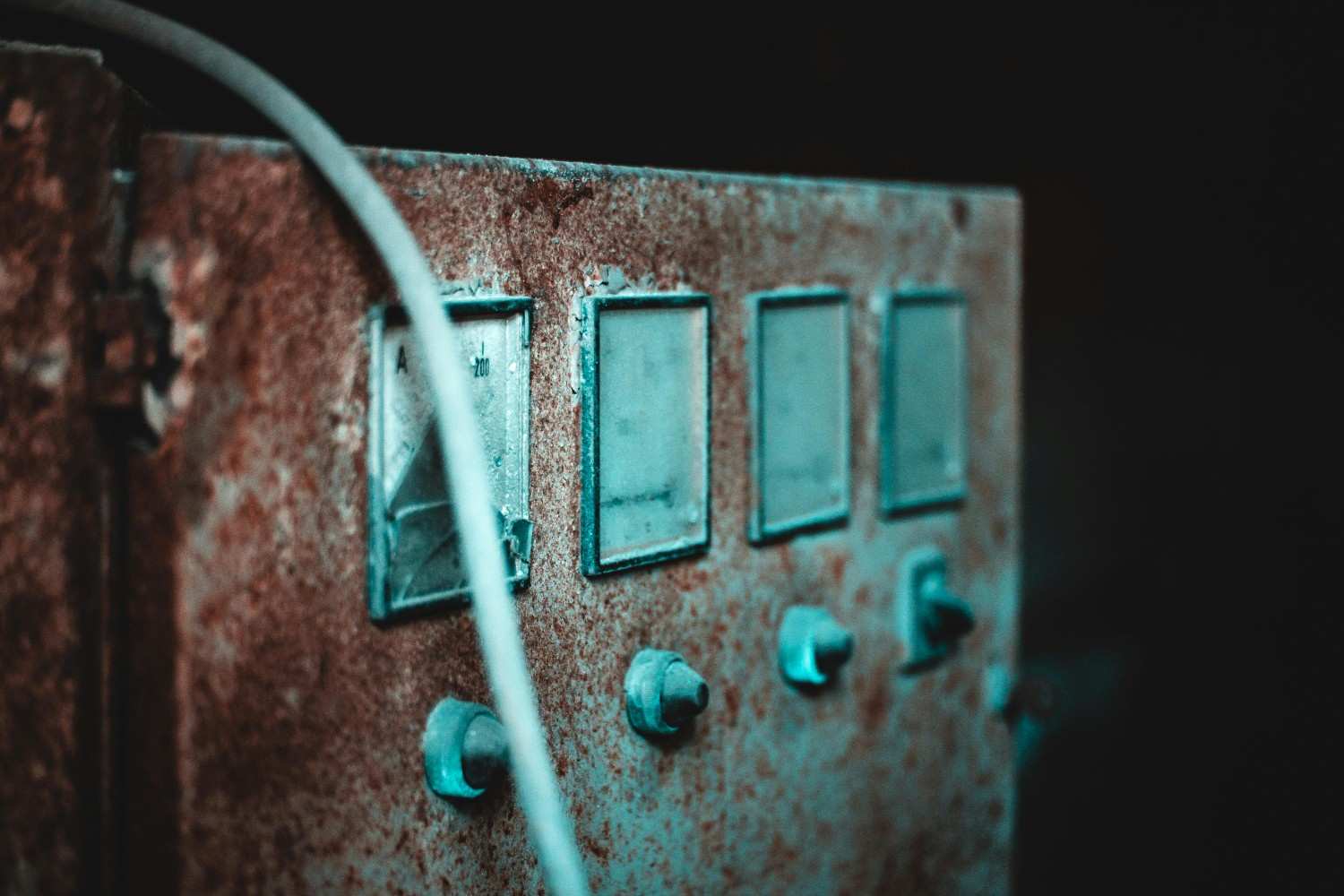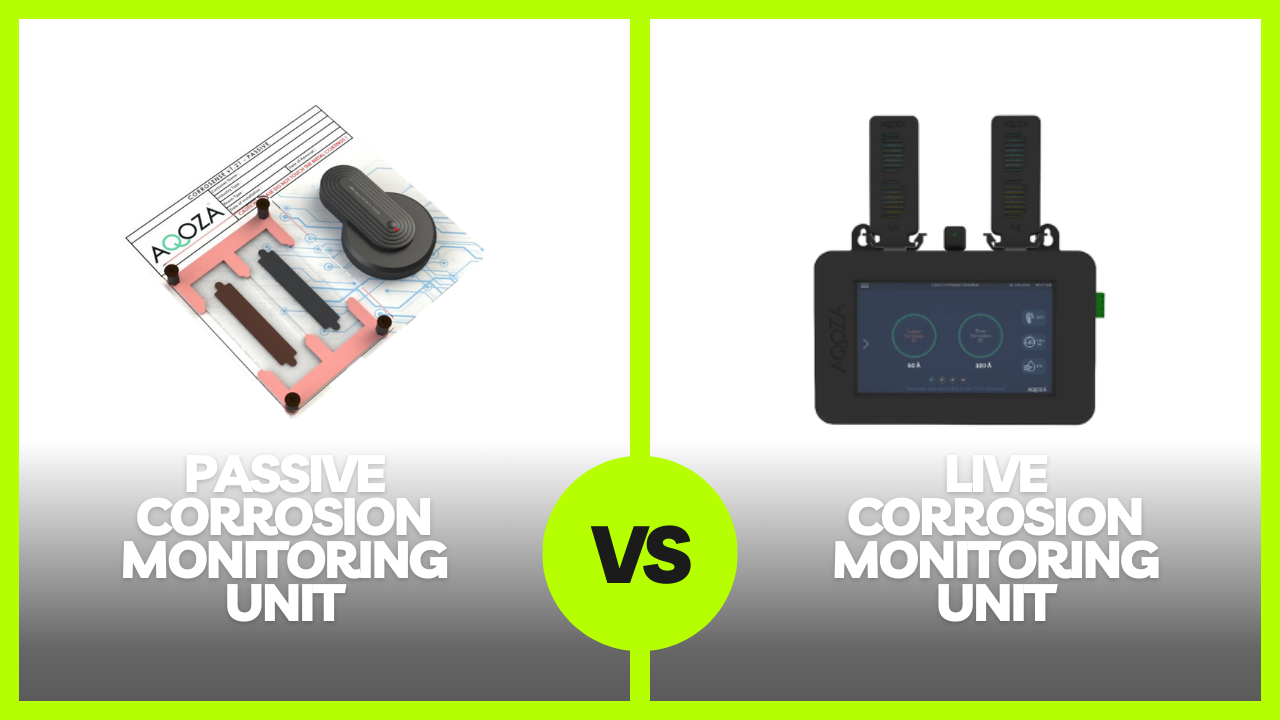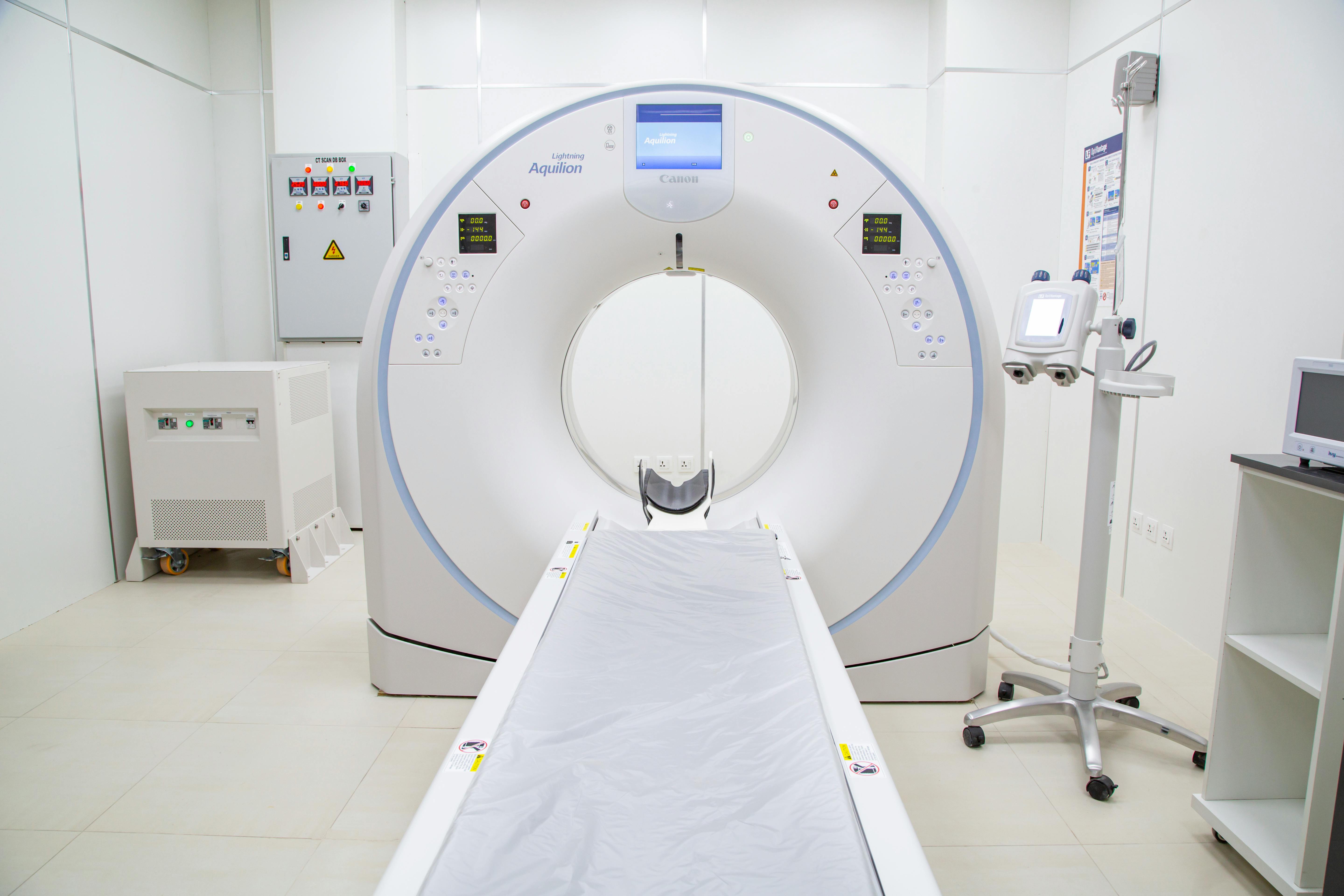Wastewater Odour Removal, Sewage Treatment Plant Odour Control
Published : 10 May 2021

Author Name : Zahid, Co-founder & CEO
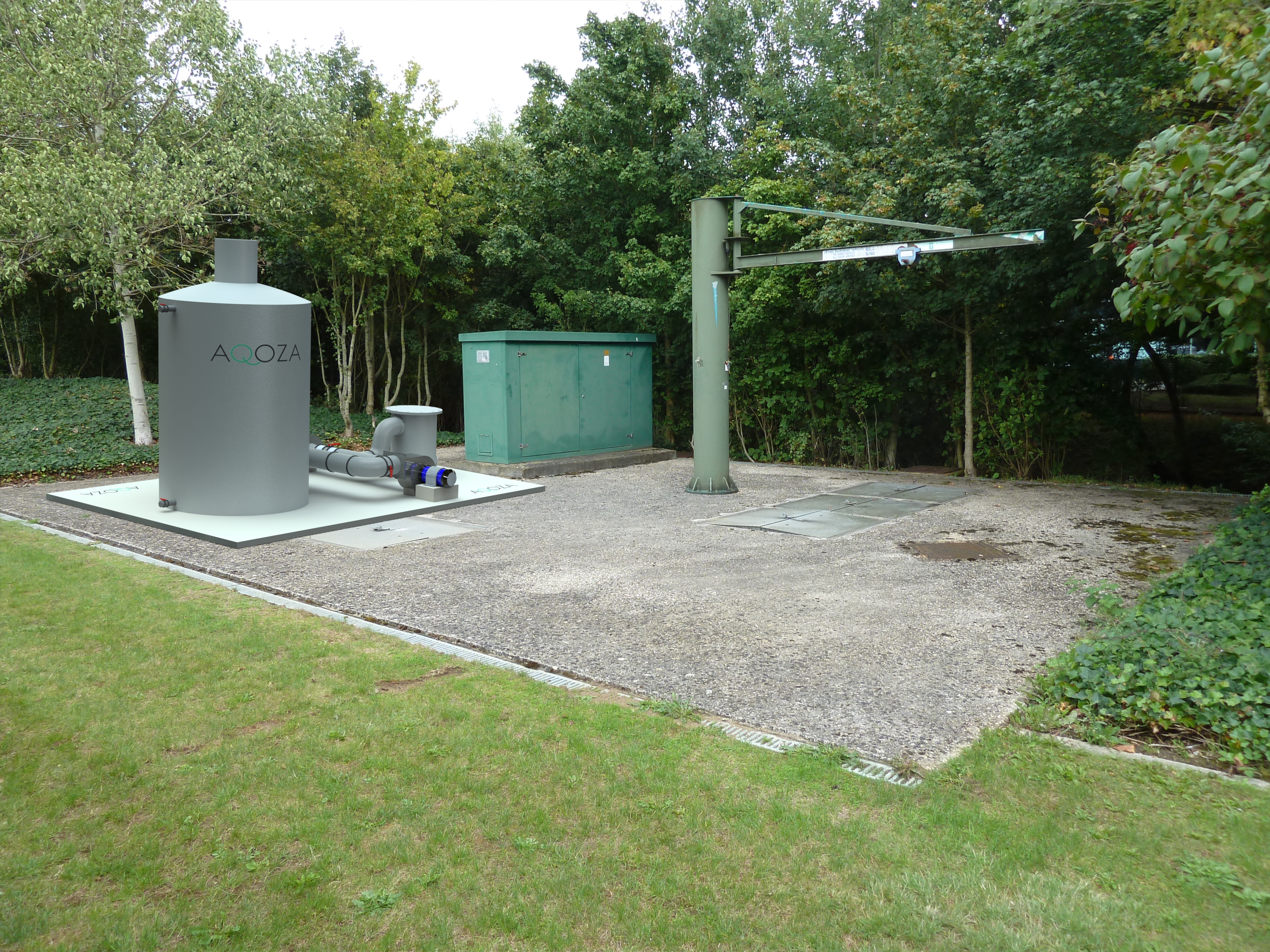
In any city infrastructure, wastewater treatment plants are key components. But it produces pungent smell & odours that causes nuisance to public. These odorous gases should be treated before it is released to atmosphere.
The odour generating area in a sewage treatment plant are wastewater collection systems and sludge treatment area. Collection system includes sewage receiving channels, screening, grit removal and collection sump. Sludge treatment area includes sludge storage tank, digester system and Sludge dewatering equipment rooms. Most odours produced during treatment result from anaerobic decomposition of organic matter. Major odour causing gases generated and to be treated at wastewater facility are Hydrogen sulphide, Ammonia, Mercaptans and VOCs. Releases of these untreated gases to atmosphere causes potential air pollution and health hazards. Therefore, by adopting a right odour control unit to the sewage treatment plant, the issue can be solved efficiently without risking health and living.
Adopt Right Odour Control Unit
The wisest solution to control odour is to set up a suitable odour control unit for the wastewater treatment plant. Odour control unit will extract the odorous gases from the collection tanks or designated area and releases the odourless air in the atmosphere. There are various proven odour control technologies are available in the market like Activated carbon adsorption, Chemical scrubber, and Biological oxidation systems. However, choosing a right Odour control technology is especially important for the plant to remove the odour efficiently and to run the plant with limited Operating cost.
Activated Carbon Adsorption System
Activated carbon-based system work on the principle of adsorption; which adsorbs the odorous gas molecule to the surface of the media and oxidise the odorous gas and release the odourless gases to the atmosphere. For wastewater odour removal applications, filtration media are selected suitable for removing Hydrogen sulphide, Ammonia, VOCs and Mercaptans. Activated carbon media should be selected, which can treat these odorous gases efficiently. There are chemically impregnated activated carbon media and specially treated virgin activated carbon media available for sewage odours. Especially for wastewater odour applications, clients prefer water regenerable activated carbon media, as it lasts longer, cleaning in-place, doesn’t require any chemicals for cleaning and environment- friendly, land disposable media. Consistent odour removal efficiency of 99.9% or higher can be achieved by a suitably designed adsorption-based system.
Chemical Oxidation
In chemical oxidation, water scrubbing with suitable oxidising or neutralizing chemicals are being used for suppressing odours. For wastewater odours, typically Sodium hypochlorite or Sodium hydroxide or the mixture of these two are used for oxidation and neutralization of the odours. For intermittent odour removal applications for larger plants, this is an appropriate solution to be considered. Keeping stock and manging the chemical transfer is a hassle in this process, an operator attention is always required here. And also need to take care of drain from the scrubbing unit to make sure it doesn’t harm the process of downstream treatment plant. Typical odour removal efficiency achieved are 99%.
Biological Oxidation
Biological systems are being chosen for municipal or industrial sewage treatment plants, keeping in mind the lower operating cost for long- run. Biological oxidation technologies are divided into three processes, named as Biofilter, Bio-Trickling filter and Bio-scrubber. Though basic odour removal process is biological oxidation of odorous gases by the help of microorganisms, there is a slight difference in utilization and type of microorganism grows in aforementioned filters.
Biofilter is an old version in this category, where natural media like stones, wood chips, peats, etc are being used for growth surface for the microorganisms. These units take large area, required continuous humidification of odorous gases and the odour removal efficiency is ranging from 95-99%. In addition, typical life of the bio media is 2 years, which is again a cost adder in terms of replacing the media and disposal of the used media. This technology is obsolete in modern treatment plants, due to its area required, large capital & operating cost. Biofilter has been replaced by Bio-trickling filter or Bio-scrubber, where it uses vertical packed towers for the microorganism growth, which requires much lesser area than Biofilter and typical bio media life is 10-15 years. Proven bio media for BTF or Bio-scrubber are made of recycled glass, plastic or PU foams. In BTF or Bio-trickling filter air entered from bottom of the unit, goes up through the packed tower, which oxidises the odorous gases when in contact. These packed towers are misted continuously by nutrient rich water from top to bottom. In the case of Bio-trickling filters the misting water will be drained off; will not re-circulate. But in the case of Bio-scrubbers, this water is being re-circulated continuously, where minimum drain and top up water is being added. Odour removal efficiency can be varied by adjusting the contact time of packed bed with odorous gases. Typical odour removal efficiency is 99%; even 99.9% can eb achieved by increasing the contact time. Before you invest in the most suitable one, it’s very crucial to know all the established bio-scrubber manufacturers in Indian market, that must compliment all your requirements.
Thus, in order to avoid odour nuisance and to have a consistent odour removal efficiency, municipal treatment plants are adopting two stage system, biological followed by activated carbon adsorption. With this combination, at any given time, even during a process upset in biological unit, odour removal efficiency can be maintained at 99.9% or the design required removal efficiency.
AQOZA is a deep-tech vendor specialized in odour removal systems, bio-scrubbing & activated carbon adsorption manufacturing for various Odour & Gas removal applications. Check and explore on our website for more various odour control products and filtration media.
Learn more on Wastewater treatment plant odor control:
How To Remove Smell from Sewage Treatment Plan
4 Reasons for having an Odour Control System in a Wastewater Treatment Plant
5 Questions to Ask while buying an Odour Control System

